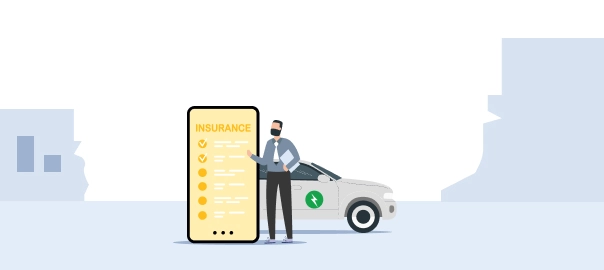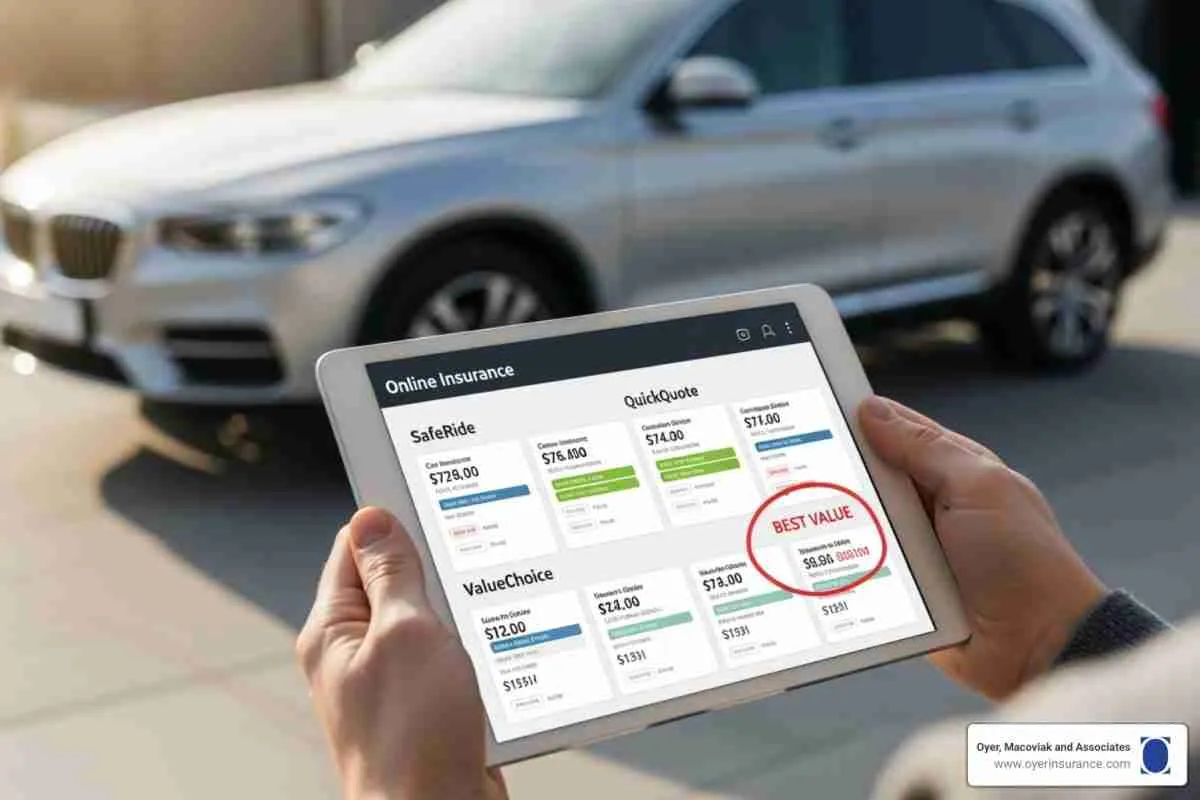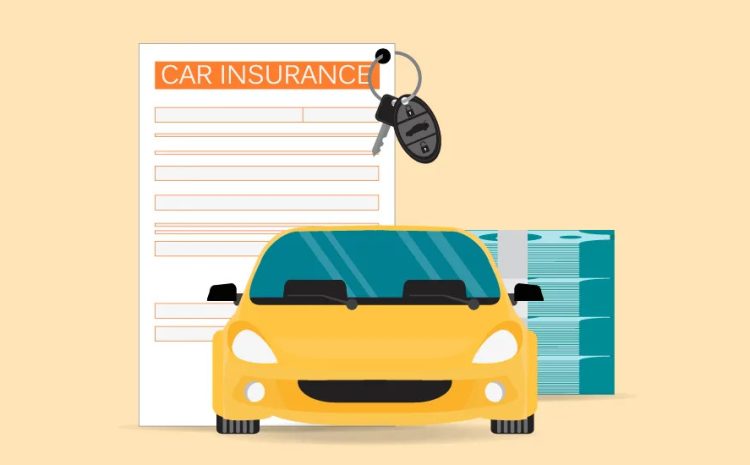Car insurance is a mandatory and often significant recurring expense for vehicle owners. While necessary for legal compliance and financial protection against accidents, theft, and damage, the premium costs can feel burdensome. Many drivers simply renew their existing policy each year, missing out on dozens of strategies that can significantly reduce their annual payments without compromising the quality of their coverage. Learning how to navigate the complexities of premiums, deductibles, and discounts is key to ensuring you get the maximum value for your money.
This detailed guide provides smart, actionable tips to help you build your ideal policy while keeping more money in your pocket, respecting both your need for robust protection and your budget.
I. Optimize Your Coverage Structure
Before looking for discounts, the most critical step is ensuring your policy structure aligns with your current needs and the true value of your vehicle.
1. Adjust Your Deductible
The deductible is the out-of-pocket amount you agree to pay before your insurance coverage kicks in. This is the simplest lever to adjust your premium.
- Increase Your Deductible: If you raise your deductible from, say, $500 to $1,000 or $2,000, your insurer takes on less risk for minor incidents. They reward this lower risk by significantly lowering your annual premium.
- Actionable Tip: Only choose a higher deductible if you have the equivalent amount readily available in an emergency fund to cover that cost at any time.
2. Know When to Drop Comprehensive and Collision
If you own an older vehicle, the cost of Comprehensive and Collision coverage might outweigh the potential payout.
- The 10% Rule: If your annual premium for Comprehensive and Collision coverage exceeds 10% of your car’s market value (its current resale price), it’s often financially smart to drop this coverage.
- Example: If your 12-year-old car is worth $3,000, but the annual premium for these coverages is $400, it might be better to self-insure (save the premium money) and be prepared to replace the car yourself if it’s totaled.
3. Review Your Coverage Limits
While maintaining legally required liability coverage is crucial, review your limits for optional coverages like rental car reimbursement or towing. If you have roadside assistance through a credit card or auto club, you may not need to pay extra for your insurer’s towing coverage.
II. Leverage Discounts and Driving Habits
Insurance companies offer a wide range of discounts, but they rarely apply them automatically. You must proactively ask and verify you qualify for every possible saving.
4. Bundle Your Policies
This is often one of the largest discounts available. Most insurers offer a substantial price break (often 5% to 20%) if you combine your car insurance with other policies, such as:
- Homeowners or Renters insurance
- Life insurance
- Umbrella liability insurance
5. Maintain a Clean Driving Record
This is the most impactful, long-term way to reduce your rates. Insurers highly favor drivers who demonstrate safety.
- Accident-Free and Violation-Free Discounts: These typically kick in after a set period (often three to five years). Even minor tickets can impact your premium, so drive cautiously.
6. Explore Usage-Based Insurance (UBI) / Telematics
Many major insurers offer programs that track your actual driving habits—speeding, braking, mileage, and time of day—using a small plug-in device or a mobile app.
- The Benefit: Safe drivers can earn a substantial discount (up to 30%) based on their proven low-risk behavior.
- The Caveat: Be comfortable with your insurer having access to this data, and understand that in some cases, risky driving could potentially increase your rate, though most programs only offer discounts.
7. Low Mileage Discount
If you work from home, use public transport, or drive significantly less than the national average (typically under 7,500 to 10,000 miles per year), make sure your insurer knows. Reduced mileage directly correlates with reduced risk of an accident.
8. Vehicle Safety and Anti-Theft Discounts
Inquire about discounts for factory-installed safety features:
- Passive Restraints: Airbags and automatic seatbelts.
- Anti-Lock Brakes (ABS).
- Anti-Theft Devices: Alarms, tracking systems, or VIN etching.
III. Strategic Shopping and Administration
The process of buying and managing your policy offers several opportunities for savings.
9. Shop Around Every Renewal Cycle
Loyalty does not always pay in the insurance world. Insurance rating models change constantly, and a company that was competitive last year might not be this year.
- Actionable Tip: Get quotes from at least three different providers (including local agents and online aggregators) every 6 to 12 months, or before your renewal date. Use the best quote you receive as leverage to ask your current provider to match or beat the price.
10. Improve Your Credit Score
In almost every state (where permitted by law), your credit-based insurance score is a significant factor in determining your premium. Insurers correlate a higher credit score with better financial responsibility and, statistically, lower claim rates.
- Focus: Pay bills on time, reduce outstanding debt, and check your credit report for errors. Improving your score can lead to lower rates across all insurance lines.
11. Pay Annually or Semi-Annually
Most insurers charge a nominal fee for the administrative costs associated with monthly billing. If you can afford to pay your premium in one or two lump sums per year, you can usually save 3% to 7% of the total cost.
12. Review Group Affiliations
Check if you qualify for affinity discounts through organizations you belong to:
- Professional Associations: Engineering, accounting, or medical groups.
- Alumni Associations: Universities or colleges.
- Employer Groups: Many large corporations partner with insurers.
- Military/Veteran Status.
These group discounts can offer substantial savings that are easy to overlook.
13. Consider the Car You Drive
The type of vehicle you purchase has a direct and lasting impact on your premium. Insurers calculate risk based on:
- Cost of Repair: High-end, imported, or specialty vehicles are expensive to fix.
- Safety Rating: Vehicles with excellent safety records and low injury rates usually have lower premiums.
- Theft Rate: Highly-stolen models (often large trucks or certain popular sedan models) typically cost more to insure.
When buying a new car, get insurance quotes first to understand the long-term cost of ownership.
Final Thoughts: The Goal is Value, Not Just Low Price
While the goal is to save money, the priority should never be to sacrifice essential protection. A rock-bottom premium that leaves you underinsured after a major accident is a massive financial liability.
The smartest strategy involves a balanced approach: optimize your policy by increasing your deductible to a manageable level, aggressively pursue every discount you qualify for, and commit to shopping around regularly. By taking these proactive steps, you transform car insurance from a dreaded expense into a controllable, optimized part of your financial life, ensuring you are both legally compliant and financially protected.
Would you like me to focus on the best types of high-safety, low-premium vehicles to consider when purchasing a car?






